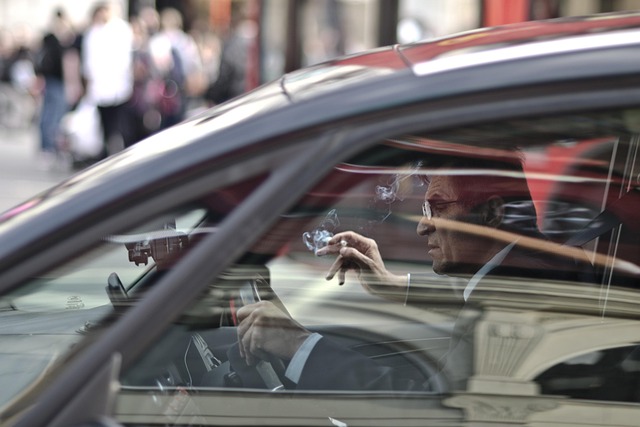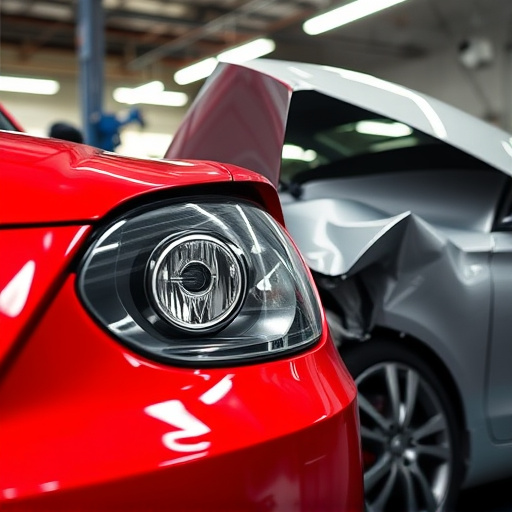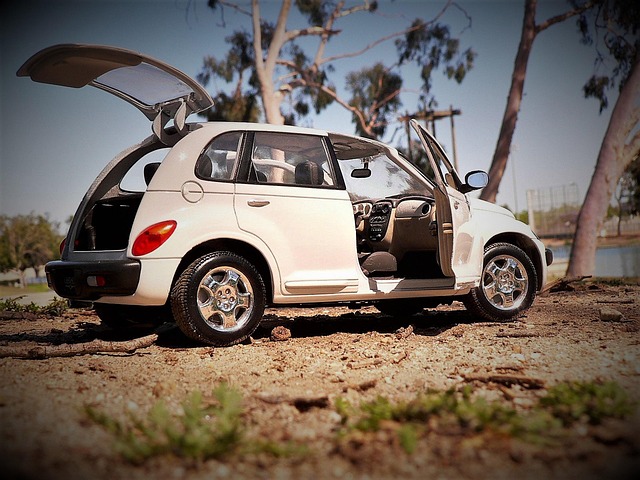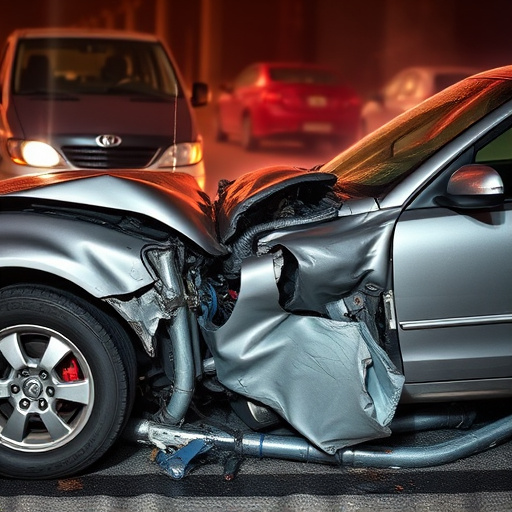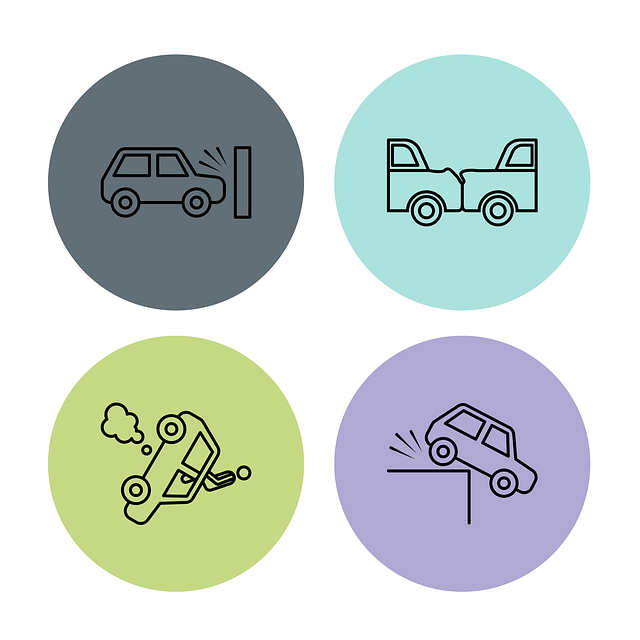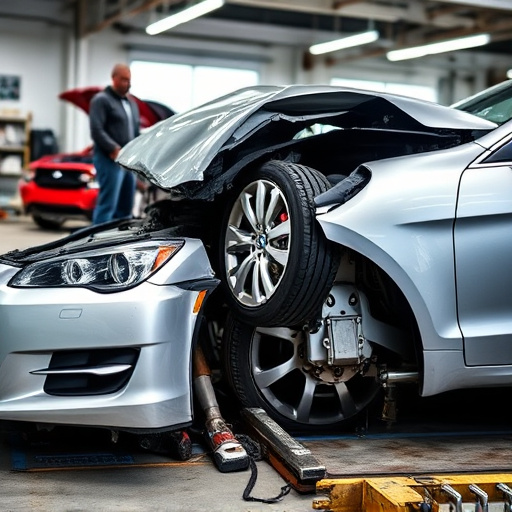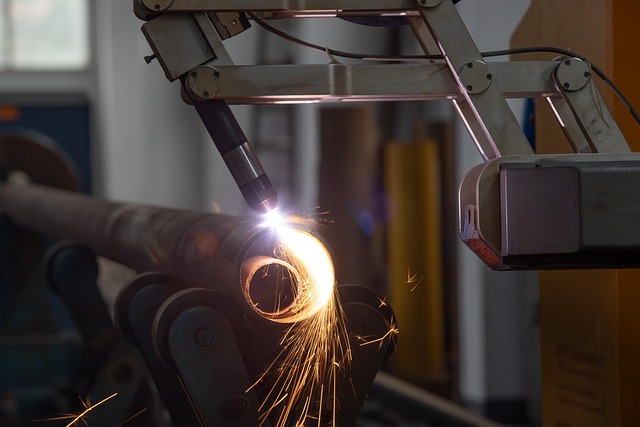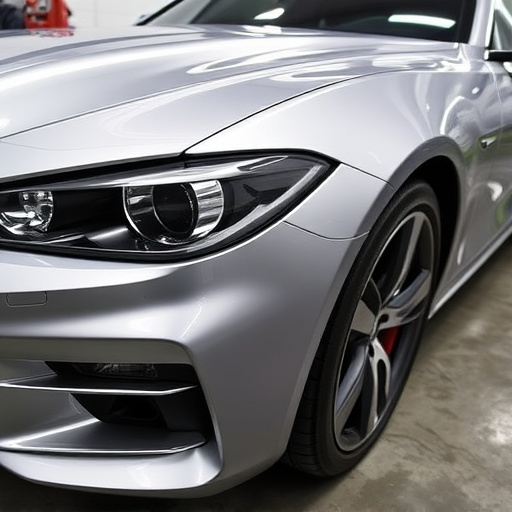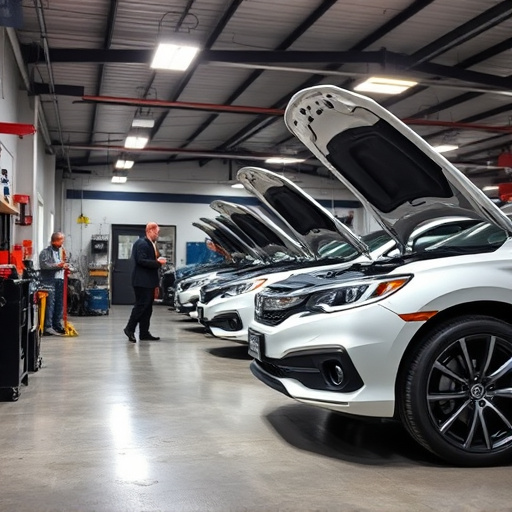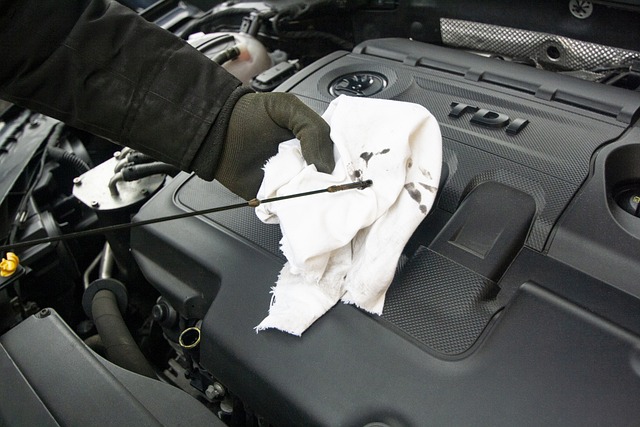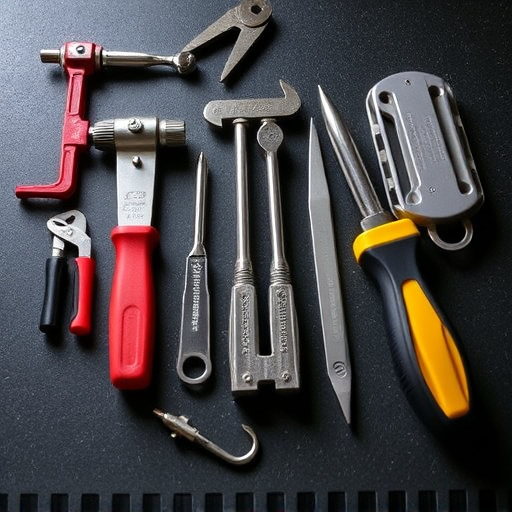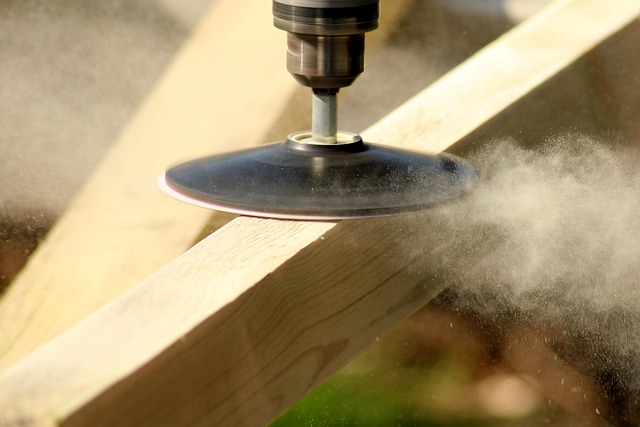While DIY metallic paint repair on cars might seem appealing, it often leads to more harm than good, especially for intricate designs. Professional collision repair centers offer specialized knowledge crucial for preserving a vehicle's structural integrity and aesthetic value. Direct replacement of damaged metallic paint isn't always the best solution; modern techniques like fender repair and composite materials provide eco-friendly alternatives with minimal repainting, saving costs while maintaining original aesthetics.
In many cases, repairing damaged metallic paint seems like an obvious solution. However, some scenarios call for a rethink. This article explores instances where metallic paint repair can do more harm than good, highlighting common situations requiring expert attention. We’ll guide you through alternatives to consider, empowering you with knowledge to make informed decisions and ensuring the longevity of your metal surfaces. Discover when it’s best to steer clear of DIY metallic paint repairs.
- When Metallic Paint Repair Can Cause More Harm Than Good
- Common Situations Where Avoiding Metallic Paint Repair is Crucial
- Alternatives to Consider Instead of Metallic Paint Repair
When Metallic Paint Repair Can Cause More Harm Than Good
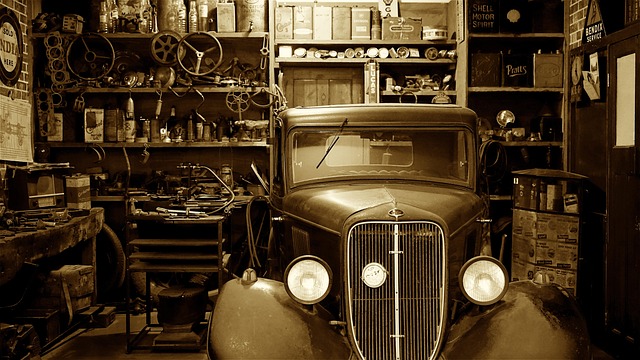
In many cases, attempting metallic paint repair can do more damage than good, especially if done incorrectly. The intricate nature of metallic finishes means that even minor mistakes during the repair process can leave visible scars. Metallic paints are designed to create a reflective, glossy surface that requires precise application techniques. When these techniques are not followed closely, it can result in uneven patches or a distorted finish.
Moreover, fender repair or vehicle paint repair involving metallic finishes often involves specialized equipment and expertise. Using the wrong tools or methods can lead to further damage to the underlying substrate or even cause the new paint job to peel or chip prematurely. Auto body repair professionals should consider whether the scope of the damage justifies the effort and cost of metallic paint repair, as alternatives like repainting entire sections might be more effective and less disruptive in the long run.
Common Situations Where Avoiding Metallic Paint Repair is Crucial

In many cases, attempting to fix metallic paint issues on your vehicle can do more harm than good. This is especially true for vehicles that have seen better days or those with complex designs. For instance, if your car has experienced a significant collision, it’s best to leave metallic paint repair to the professionals at a collision repair center. The structural integrity of your vehicle should always take precedence over aesthetic repairs, particularly when dealing with metal.
Additionally, vehicles with intricate metallic finishes or custom paint jobs often require specialized techniques and knowledge to maintain their original quality. Regular vehicle paint repair services might not be equipped to handle these nuances, potentially leading to an uneven or subpar finish. It’s wise to avoid DIY attempts in such cases and instead seek expert collision repair services to preserve the car’s overall value and appearance.
Alternatives to Consider Instead of Metallic Paint Repair

When it comes to repairing damages on vehicles, especially those with intricate designs or special finishes like metallic paint, it’s not always the best option to go for a direct replacement. In many cases, there are alternative methods that can offer just as effective, if not superior, results, while also being more cost-effective and environmentally friendly.
Instead of opting for metallic paint repair, consider exploring options like fender repair or car bodywork services that use modern techniques such as composite materials or fiber-glass repairs. These innovative approaches allow for precise restoration without the need for extensive repainting, preserving the original aesthetic value of your vehicle. By choosing these alternatives, you’re not only saving costs but also contributing to a more sustainable approach to collision repair, ensuring your vehicle looks as good as new while minimizing environmental impact.
In many cases, attempting metallic paint repair can lead to more damage than benefit, especially in certain situations. It’s crucial to recognize when to avoid this method and explore alternatives instead. By understanding the potential drawbacks and considering other options, you can ensure a longer-lasting, more aesthetically pleasing finish for your metallic surfaces, saving time and resources in the long run.
